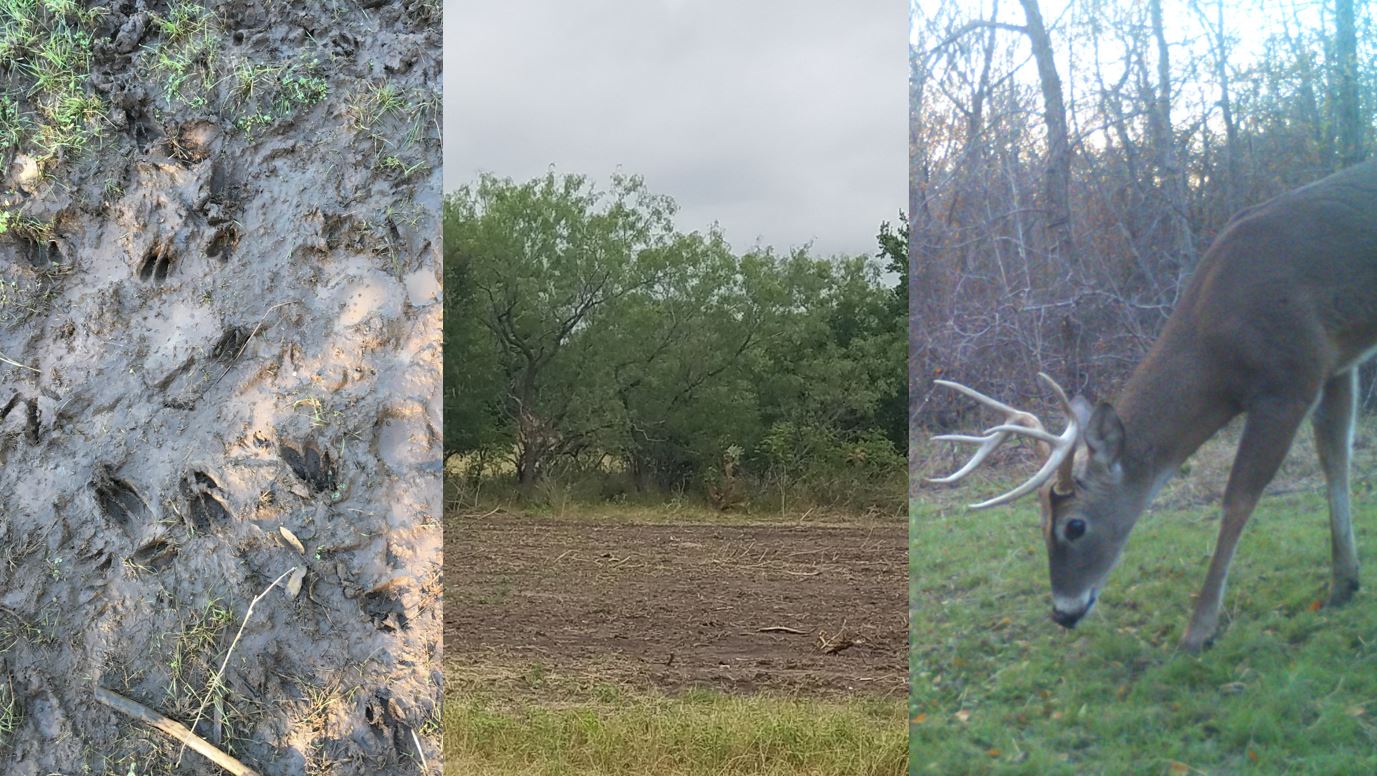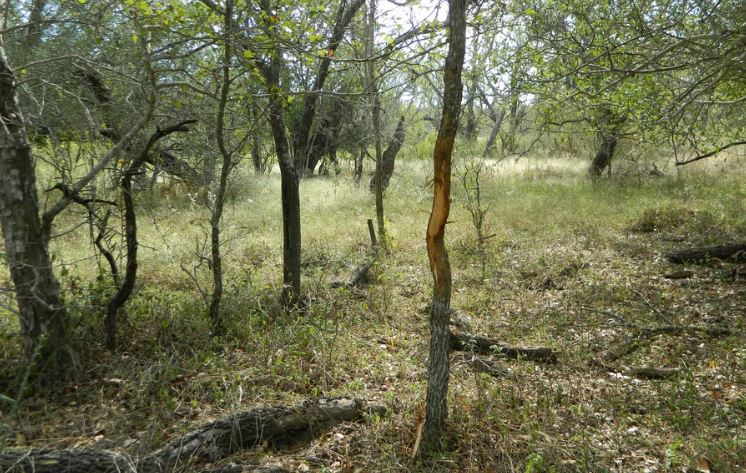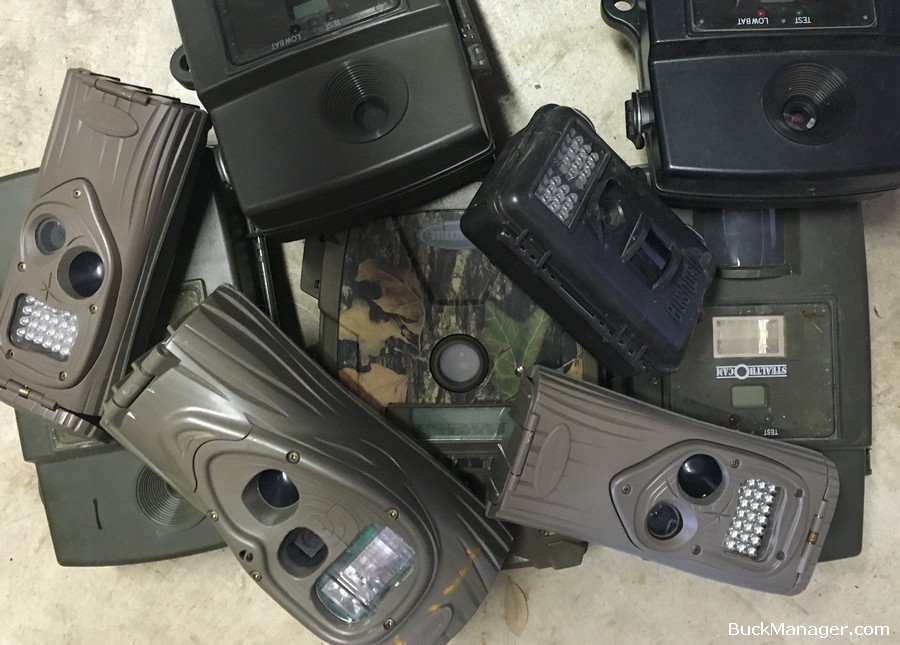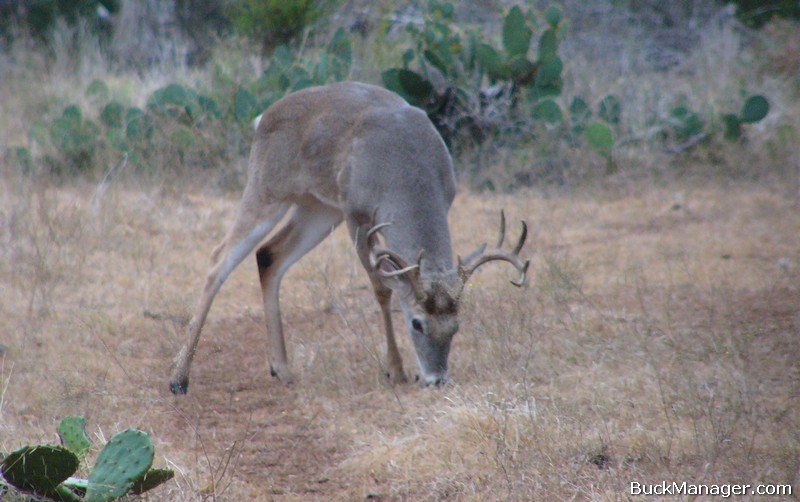A Successful Deer Hunt Starts Early
Summer is just around the corner and that means I have but one thing on my mind… deer hunting. There are a number of things to do to prepare for the coming deer season and I want to avoid having to do them during the summer and early fall. The heat is killer down here in Texas during the summer — and during the dog days of summer it’s much more enjoyable to be to sitting in the shade, drinking a cold one (or two).
I could wait until the early fall, but that be too late in my opinion. I see no point in spooking up the deer using the property with last minute changes to my hunting areas. No, I’m going to be proactive and try to get some of these things done right now, while spring is still holding on by a toe nail. There are 4 things on my pre-season deer hunting agenda that will hopefully increased my deer hunting success this season.

The thing about hunting deer a specific property over time is that vegetation and deer movements will change over time. Often, a change in vegetation actually causes deer deer travel patterns to shift. No doubt that other factors can contribute, as well. I’m going to address some of those things now. The four things I hope to do this week, that ideally lead to a successful hunt or two this fall, include:
- Evaluating deer stand placement
- Preparing my shooting lanes
- Installing a new mineral station
- Preparing for pre-season camera surveys
Deer Stand Placement
Habitat work on this property last year included the removal of some thick brush in some select areas. While hunting this past season I noticed that deer now move through the property differently. Now the goal is to setup a new stand and move an existing one so that I can close the distance on the new deer travel corridors. Several stands means I will have good, safe options next hunting season regardless of wind direction.
In addition to keeping wind direction in mind, I like to also setup “morning” and “evening” stands. My stand placement almost always includes a travel corridor or pinch-point, but I also prefer that the stand be situated so that I am not looking into but rather away from the sun. This helps me see deer better, keeps me cooler during the early season and means not having to fight the sun.

Shooting Lane Prep
What’s a good deer stand without a place to get off a shot? An unproductive place to hunt. Once stands are situated I want to rough-cut some shooting lanes so that most of the work is done before summer sets in. When developing shooting lanes try to think about how the deer will travel through the area and the predominate wind direction so that you have an idea on how deer will approach the “death zone.”
The growing season does in include the summer months so shooting lanes will have to be re-visited and trimmed up just prior to hunting season, but this work should be minimal if the bulk of the work is done now.
Minerals for Deer
Another item on my punch list is to set up a new mineral station in the central part of my hunting property. The jury is still out on whether or not minerals actually increase the antler size of bucks on a property, but we do know that 1) deer love mineral sites and 2) it ain’t gonna hurt to put some minerals on the ground. This is especially true in high rainfall areas where the soil is leached or in sandy areas where mineral availability may be low.
Bucks will visit mineral sites but so will does. With the fawning season now upon us, lactating does will definitely make use of supplemental mineral sources. Besides, I think mineral sites help keep deer moving through and hanging out on my hunting property, and that’s where I want them.

Prepare for Camera Surveys
Hunters with experience using game cameras know that good deer photos from motion-activated cameras do not just happen. Much like a deer hunting stand, a good camera site takes some scouting to find and usually at least some minor preparation. Once found, I like to aim game cameras looking down trails and facing north, away from the sun, if possible. My goal over the next week or so is to ID several good setups and get them prepped so that cameras can be deployed in late July for deer surveys and general scouting.
At least 2-3 cameras should be setup on just about any size property. More is always better, up to a point. I’ve been able to hunt small acreage successfully, as well as large acreage, but have noticed over the years that a short difference between camera sites makes a big difference in the animals that you catch on camera. Often times, another camera setup just 100 yards away will photograph different deer. I have found that a particular buck may show up at more than one camera site but will no doubt show preference for one area over another. This is an edge I will use to push the odds in my favor as deer hunting season rolls around.
